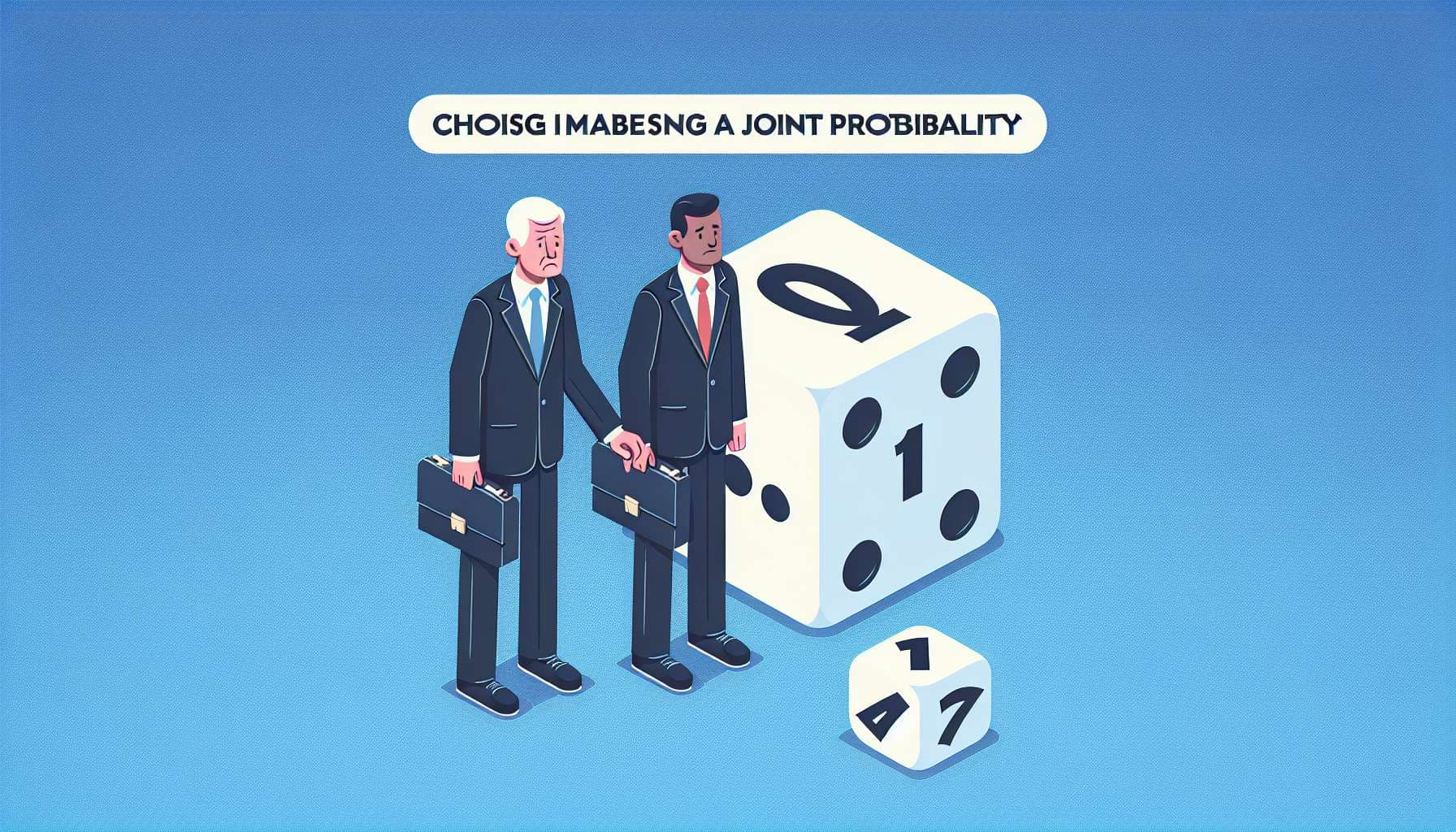
Market resolves YES if Trump announces Vivek as his vice presidential running mate at any point in the 2024 election, even if this is later rescinded.
OR
At the close of the market, l will ask the FairlyRandom bot in the comments for a random number between 1 and 10, eg “@FairlyRandom 10”. If that number is 1, market resolves YES.
Market resolves NO only if both if Vivek is not selected, AND I roll a number other than 1.
Edit: It seems like this market may not actually be useful in the way as I originally stated in the market description (in italics below). I'll leave the text here for posterity, but it should probably be ignored. Note that the resolution criteria for the market have not changed in any way.
Various markets (see below) agree that there is a low chance of Trump selecting Vivek Ramaswamy for his VP candidate in 2024. However, they disagree on just HOW low, with likelihoods ranging from 2% to 5%, more than a factor of 2(!). One can imagine various reasons for these discrepancies, but presumably one of them is the lack of mana incentive to bet a market from, say, 5% to 3%, even if 3% is closer to the bettor's true estimate.
This market is an experiment to try to obtain a more accurate estimate by artificially boosting the incentive to bet NO, at the cost of introducing randomness.
🏅 Top traders
| # | Name | Total profit |
|---|---|---|
| 1 | Ṁ406 | |
| 2 | Ṁ80 | |
| 3 | Ṁ31 | |
| 4 | Ṁ20 | |
| 5 | Ṁ16 |
People are also trading
@themightysalmon your random number is: 5
Salt: kzb3ka150yf, round: 4191947 (signature 98dc90b1e3ea7b0509ade3e9328579a2c189394ba40d0c657a42309216f83e86acab82f37994498cc816c8640936f84807af4f67fad28275e48633b80ba9383bb9c47c7948fffc8da2ff914a5817568d5503b18d52c89359fa1d325d5183fb78)
@themightysalmon you asked for a random integer between 1 and 10, inclusive. Coming up shortly!
Source: GitHub, previous round: 4191945 (latest), offset: 2, selected round: 4191947, salt: kzb3ka150yf.
@Ansel Clearly, there’s no way to determine just from this single market if the joint probability is more accurate or not.
At best, if this market yielded a substantially different result than traditional markets, it could be evidence of a limitation in one kind of market or the other.
(Unfortunately, as other comments have pointed out, the limitation may be in this market, and not the traditional ones…)
That might be a dumb question, but I am confused why would this market structure help with the problem.
Say V = prob he gets selected.
Instead of there being V chance of NO in the original question, now you have 0.9V chance of NO. Which doesn't change anything?
Eg, if the difference is between 0.95 and 0.98 in the original market, then it's between 0.882 and 0.855 in this market.
@Jacek I don't think it does help with the problem, it just adds another variable for fun/to see how good Manifold is at math
@mongo the OP wrote "This market is an experiment to try to obtain a more accurate estimate by artificially boosting the incentive to bet NO", which seems to hint they were thinking that it'd help. The current scheme doesn't as far as I understand, but maybe they meant to propose something slightly different that would?
@Jacek Here’s my logic. If V = probability of selecting Vivek, and M = probabilty this market resolves YES, then we should have
M = V + 10%
(This neglects the corner case where Vivek is selected AND the die rolls 1, but the chance of that is <1% if V < 10%, so we should be safe to ignore it.)
Even if you have V = 0, then the coin flip alone should put a floor of 10% chance to resolve YES. Vivek’s chance just adds on top of this floor.
As for EV, in a normal market, if the market has V = 5% but you have V = 3%, there’s very little EV in betting NO, even if you are absolutely certain that V= 3%.
In this market, you would instead be betting from M = 15% to M = 13%, which should offer a better return on a NO bet.
@themightysalmon To be more specific, my idea was that the payout of betting NO from 15% to 13% would be higher than the payout of betting NO from 5% to 3%.
However, as pointed out, this may not be enough to ensure a higher expected return in this market, due to the higher probability of this market resolving YES.
@themightysalmon thanks, yeah that's exactly what I didn't understand - I thought that the payout grows proportionally to the difference in odds. Why would you get more EV by going 15%->13% than 5%->3%? (It is true that it costs less to bring 15 down to 13 than 5 to 3, but it also gives you smaller prob of win.)